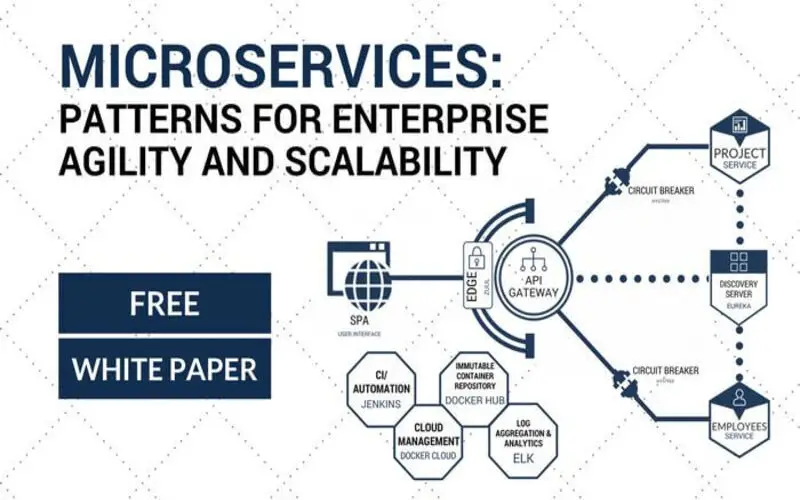What Is Microservices Architecture?
Microservices structure is a software pattern paradigm that involves an application into smaller self-contained services. Each microservice divide to carry out a certain business function.
Microservices are offered separately, enabling coders to make variations to certain functionalities without impacting the rest of the program.
Microservices are scattered benefits that are little and loosely joined. Microservices structure develop as a Monolithic Architecture’s flexibility, independent employability, and invention errors. It is also known as the institution of modern apps.
Some benefits of deploying microservices structure in the development of the latest apps include:
- System scalability and flexibility have recently improved.
- Timelier development and deployment
- Improved fault isolation and decreased downtime
- improved application maintenance
Netflix and Amazon are two well-known applications that have implemented microservices design.
1. Microservices Architecture
The Microservices structure is well-known, specifically for its skill to boost scalability in big and complicated systems. conventional, rigid systems can fight with measuring out, whereas microservices pattern is well adapted to it. This section describes how microservice architecture improves scalability.
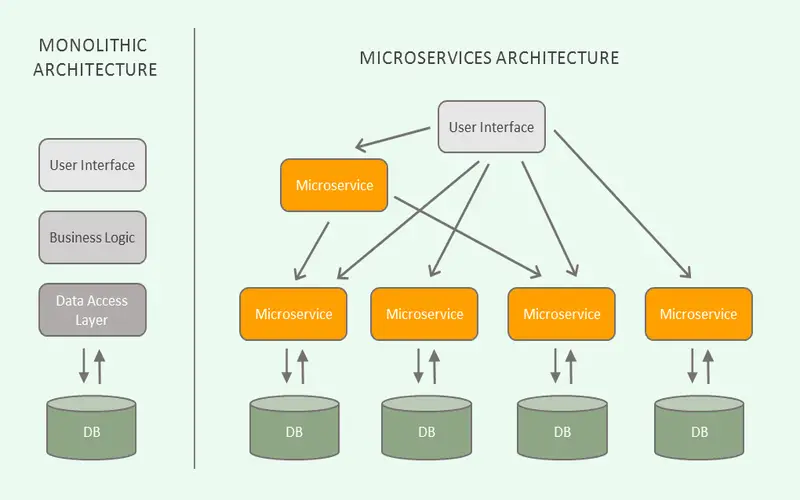
2. Create Microservices With The Goal Of Continuous Deployment
Developing a successful microservices structure needs building microservices with continual deployment in mind. Every remake made to the microservices is immediately built, tested, and transform to the building server without the necessary of human mediation. It enables groups to provide new software characteristics, upgrades, and changes more rapidly, removing the time-consuming procedures of manual employment, which can take days or weeks in some hazards.
- Because the database scales with the service, having different databases allows you to launch and scale each service independently, it is a strategy of ensuring the benefits individual and analyzing its performance.
- This approach also allows the development teams to work on each microservice database.
- Each team is in charge of maintaining and developing its database without interfering with other teams of other microservices.

3. Maintain Effective Communication Channels
Maintaining efficient communication is a main best technique while producing microservices structure systems. Microservices must communicate to perform effectively as distinct, standalone services that interact to deliver value.

4. Make Use Of Containerization
When producing a microservices structure, containers are an element of methodology. Containerization build and removes surroundings in which many apps can perform on a immediately host, with each application arranging its resources and relatives. Containerization is the practice of creating lightweight and movable runtime surroundings known as containers. Containers serve to package the whole software stack and application code, making it simple to manage and run programs across several environment without the usage of virtual machines.

5. Services Provided By Individuals
It allows the series to extend horizontally, enabling extra resources to get online whenever request maximizing. The design can handle more demands across a given system at any one moment by breaking down large, entire applications into more minor independent services, with each service responding to a single request from an application.

6. Isolation
The rough nature of microservices separates each service, enabling for a simpler approach to resource allocated. A specific service that requires more resources to satisfy increased demand can be precisely scaled up with other services remaining at their existing level, preventing resource inadequate use or service lag time.
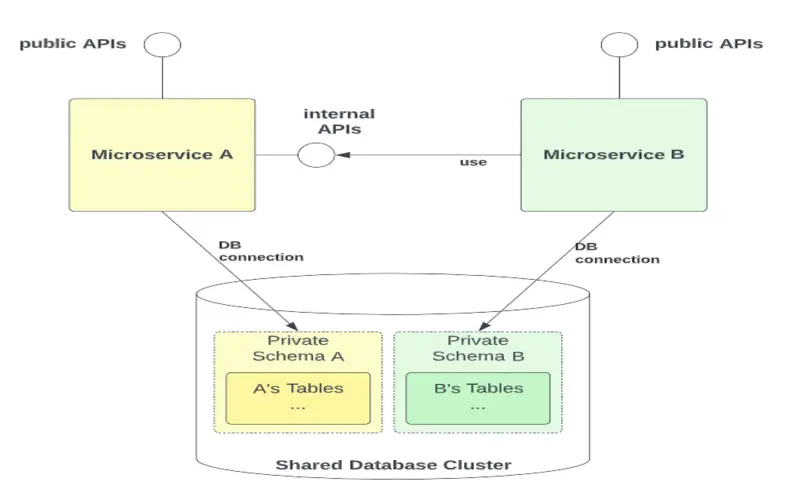
7. Design Distribution
It is easier to separate code sensitive to spikes in demand and allocate resources more efficiently as traffic grows or falls when services communicate via APIs.

8. Continuous Implementation
Each microservice is set up Individually of others using DevOps previews allowing for Cloud employment for self- determination resource flexibility. New microservices join without shutting down the entire system, decreasing downtime and increasing overall system availability.

9. API Combination
A coder should be able to generate microservices that can contact with other microservices throughout the network without being immersed by a coding language hurdle. Most of the time, separate microservices within the same system are constructed in different programming languages because intercommunication across the microservices is critical this is skilled by API aggregation utilizing various architectural approaches like REST.

10. Isolation Of Faults
Service separates boosts service separating. Rather than a unique point of failure, the network operations as an assortment of multiple services. If one service goes down, the others can keep starting, assuring high accessibility and overall security. Finally, Microservices Architecture is more scalable than traditional monolithic designs because it allows for horizontal scaling, fine-grained resource allocation, and fault isolation.

11. Technology Diversity
Microservices use various innovation and coding languages for multiple services, enabling groups to choose the right tools for each part. This adaptability promotes innovation while avoiding technology lock-in.
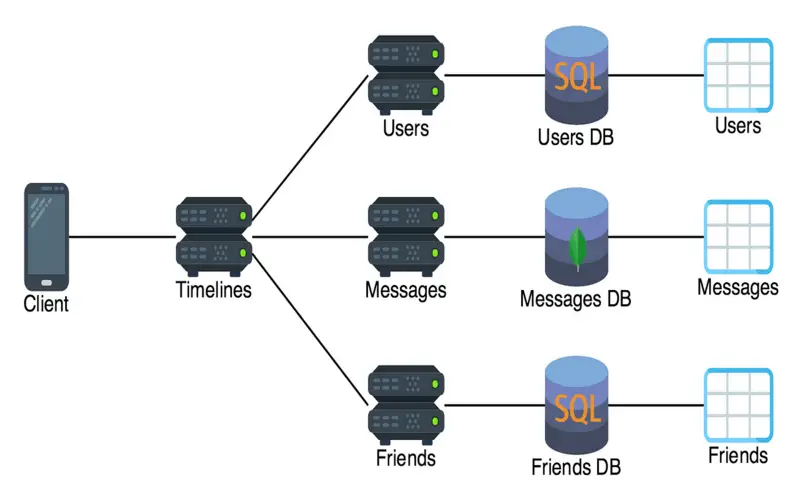
12. Team Scalability And Autonomy
Microservices inspire development groups to arrange around particular services. This method increases team autonomy by allowing separate teams to operate independently on their assigned microservices, minimizing dependencies and bottlenecks.
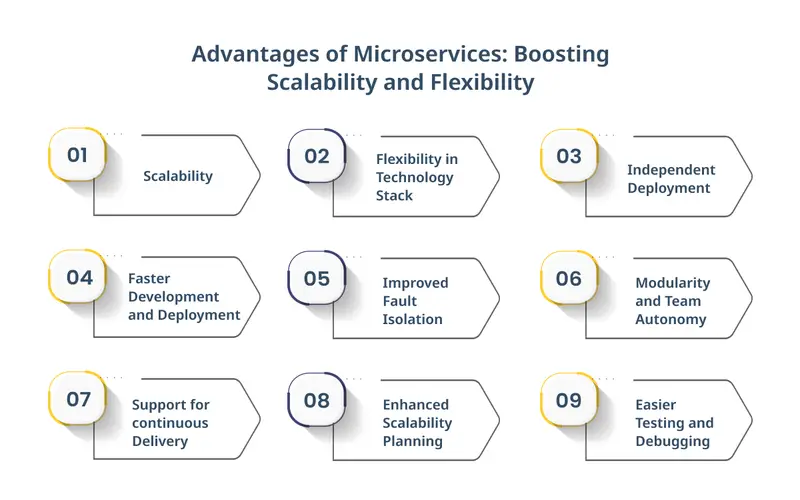
13. Improved Fault Isolation And Debugging
Because microservices are flexible fault isolation and debugging operations are reduced coder can concentrate on particular services, making it plainer to analyze and decide problems, resulting in quicker troubleshooting and less interval. Microservices allow enterprises to use the most suitable invention stack for each benefits analyzing performance and minimizing resource absorption. Because of this adaptability, resources are more efficient.

14. Business Agility
Microservices extension is an agile move towards enabling organisations to respond quickly to changing business needs. More minor benefits make it plainer to offer new features, improve existing ones, and adapt to changing market requests.
- Constant supervision
There is a significant risk of hurdles arising throughout the network when multiple microservices are working in relation to successfully start an application. Searching and resolving these hurdles becomes more complex as the structure becomes more complexity.
- Load Balancing in Real Time
When a user’s sends a request to the server, the database may have to regain data from various microservices. The Load balancer invade the picture at this place, defining how much of the Central Processing Unit or CPU is to use for a particular benefit to obtain the information and, sometimes, how the consumer request should be pathway.
